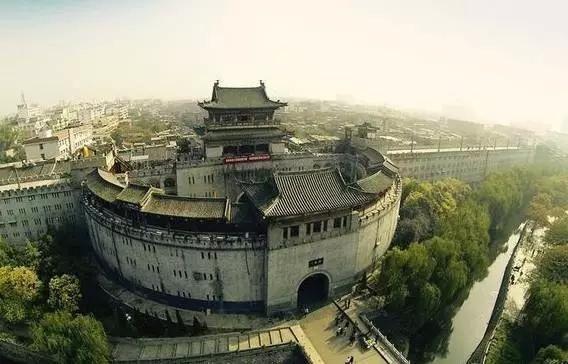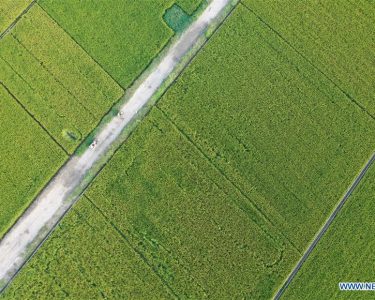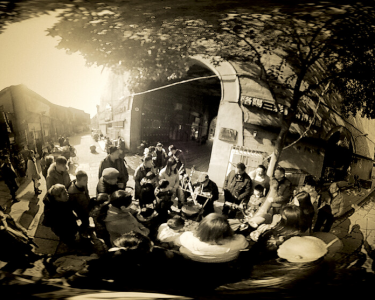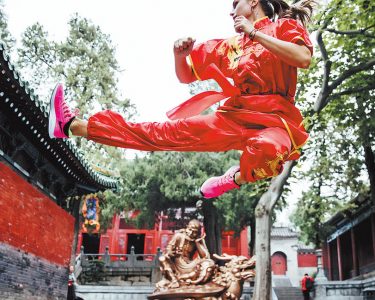Over View of Luoyang
Luoyang is now full of vitality in China, but few cities in the world can evoke its past so strongly. For more than 2500 years, emperors, soldiers, artists, monks and ordinary citizens have left their mark here. The result is that the city is full of breathtaking ancient historical sites, and the thunder northward is China’s mother river, the Yellow River.
Louyang City is named after its location on the north or Yang (Yang) side of the Luohe River and was the capital of China’s thirteen dynasties. Luoyang is one of the greatest cities in the world. At an important moment in Chinese history, from the western expansion of the Han Dynasty to the brilliant cultural blossoming of the Tang Dynasty, it was at the center. From philosophers Confucius and Laozi to Tang poets and 96 emperors ruled from Luoyang, giants walked the streets.
Luoyang is also the landing site of Chinese Buddhism. The Northern Wei Dynasty began with the heritage commemorated by the long-standing Baima Temple and the great Buddhist grottoes in Longmen. The Longmen Grottoes are an unparalleled treasure house in ancient religious art, attracting thousands of tourists. However, apart from this stone-carved poem, Luoyang’s heritage as an ancient capital is largely ignored by tourists.
However, in recent years, surprising discoveries have been made, which inspired the beginning of Chinese culture. More than 60 museums in the city are decorated with ancient treasures. These museums manage all aspects of the city’s past, from ancient tombs to Tang pottery. Here, you may find relics from the mysterious First Dynasty period in China, or stunning cultural relics showing the influence of the Silk Road, where Luoyang is the starting point of the East.
Many ancient heritages of the city, which have been buried for a long time, are gradually being discovered. Some scenic spots have undergone imaginative reconstruction, such as the Lijing Gate in the old city, which provided coordinates for drawing the magnificent Tang Luoyang to today. The old palace in Tangcheng has been luxuriously reimagined above its original foundation, which can be seen from the glass floor. Other places, such as an ancient temple, hid the educated emperor in the courtyard of the city. Strolling in the center of Luoyang, you will learn all the shabby modernity, following in the footsteps of the great men of China in the past.
From the street food served in the night market to the drum village established by immigrants on the Silk Road more than a thousand years ago, and the peonies filled with peonies, the intangible heritage of this ancient city can be felt everywhere. The festival has been held in the city since Wu Zetian, the only empress of China. Sitting in the back alley of Yunhe Street, which was once the center of Tang Luoyang, enjoy a bowl of Luoyang tofu soup in the early morning. The sounds and smells of the awakened old city are everywhere, and you can almost reach out and touch them.
Outside the city are spectacular natural attractions, such as Damei Mountain and Longtan Gorge, which will be appreciated by history and nature lovers. At the same time, north of Xiaolangdi is one of the most dramatic places to encounter the Yellow River, and has been called the “Yellow River” since ancient times. The mother of Chinese civilization.





